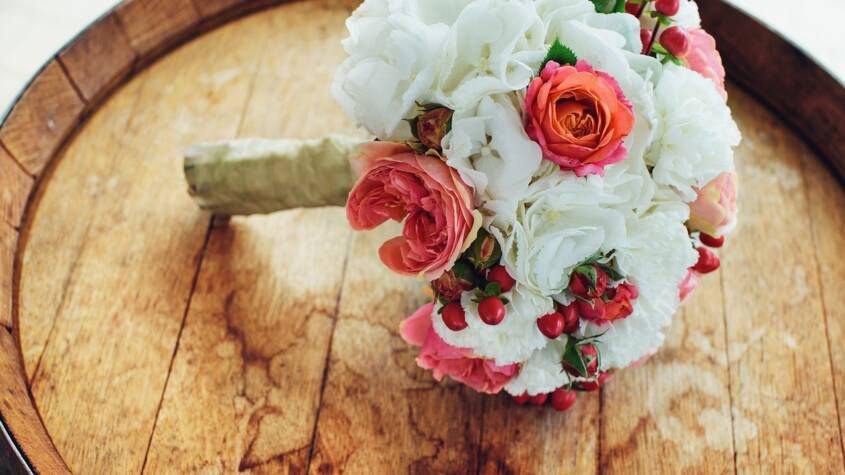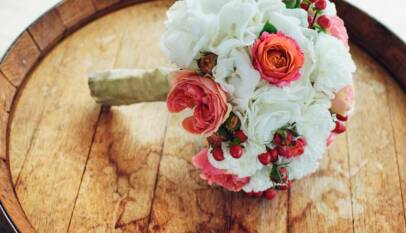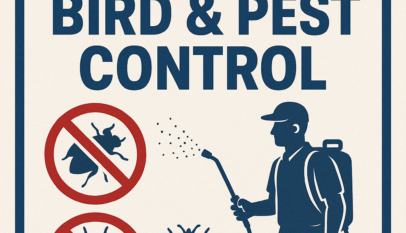Eucalyptus Plant Indoor: Essential Care Tips for Thriving Growth
The eucalyptus plant is an attractive and aromatic addition to indoor spaces, valued for both its aesthetic appeal and health benefits. This hardy plant thrives indoors with the right care, providing fresh scents and potential air purification properties. Many people appreciate its ability to grow in pots or planters, making it suitable for various indoor environments.
Caring for a eucalyptus plant indoor requires attention to light, soil, and watering needs. It prefers bright, indirect sunlight and well-draining soil. Proper care can ensure that the plant grows robustly, offering a refreshing atmosphere within the home.
Incorporating eucalyptus into indoor decor not only enhances visual interest but also introduces soothing fragrances that can elevate mood and promote relaxation. Its unique appearance and utility make it a compelling choice for plant enthusiasts and casual decorators alike.
Eucalyptus Plant Indoor Essentials
Caring for an indoor eucalyptus plant requires attention to specific species, growth conditions, and potting needs. Understanding these essentials will help ensure the plant thrives indoors.
Choosing the Right Species
Selecting the correct eucalyptus species is vital for indoor success. Popular choices include:
- Eucalyptus cinerea (Silver Dollar Gum): Known for its round, silvery leaves, it’s well-suited for indoor growth and emits a pleasant fragrance.
- Eucalyptus gunnii (Cider Gum): This species has blue-green leaves and is hardy enough for indoor environments.
- Eucalyptus parvula (Dwarf Mountain Gum): Its compact size makes it ideal for smaller spaces.
Researching growth habits and sizes will aid in making the right choice. Some species prefer bright light while others can tolerate partial shade.
Optimal Growth Conditions
For eucalyptus to thrive indoors, certain growth conditions must be met. Key factors include:
- Light: Eucalyptus prefers bright, indirect sunlight. A south-facing window is ideal. Lack of light may result in leggy growth.
- Temperature: It thrives in temperatures between 65°F to 75°F (18°C to 24°C). Avoid cold drafts or sudden temperature changes.
- Humidity: Eucalyptus benefits from moderate humidity. Regular misting or using a humidifier can help maintain moisture.
Monitoring these conditions ensures robust growth and overall plant health.
Potting and Soil Requirements
Proper potting and soil choice greatly impact eucalyptus vitality. Consider the following:
- Pot Size: A larger pot allows for root expansion. Select a pot that is at least 12 inches in diameter for optimal growth.
- Drainage: Ensure the pot has drainage holes to prevent water retention, which can lead to root rot.
- Soil Type: Use well-draining potting soil. A mix containing perlite or sand can enhance drainage.
Repotting every couple of years will refresh nutrients and give roots room to grow.
Caring for Your Eucalyptus
Caring for a eucalyptus plant indoors requires attention to its watering needs, maintenance practices, and protection against pests. Proper care ensures healthy growth and longevity of the plant.
Watering Techniques
Eucalyptus plants prefer well-draining soil and need regular watering. The frequency of watering depends on factors like temperature and humidity.
- Moisture Level: Check the top inch of soil; if it feels dry, it’s time to water.
- Watering Method: Water deeply to encourage root growth, ensuring excess water drains out.
- Seasonal Changes: Reduce watering during the winter months as the plant’s growth slows down.
Maintaining a consistent watering schedule is critical for preventing root rot.
Pruning and Maintenance
Pruning eucalyptus is essential for promoting healthy growth and maintaining its shape.
- Timing: Early spring is the best time to prune, as it encourages new growth.
- Tools: Use sharp, clean pruning shears to avoid injury to the plant.
- Techniques: Remove dead or yellowing leaves and any leggy growth to encourage bushiness.
Regular maintenance can also include turning the pot occasionally to ensure even light exposure.
Pest Control and Disease Prevention
Eucalyptus plants can attract pests such as spider mites and aphids. Regular monitoring is essential.
- Inspection: Check the leaves regularly for signs of pests or disease.
- Natural Remedies: Neem oil can be effective against pests. Spray it on the affected areas as a preventive measure.
- Healthy Environment: Ensure proper air circulation around the plant to prevent fungal diseases.
Maintaining a clean growing environment helps reduce the likelihood of infestations and infections.
British Virgin Islands Company Registry Explained: Key Facts and Procedures
The British Virgin Islands company registry is a centralized system that maintains detaile…














